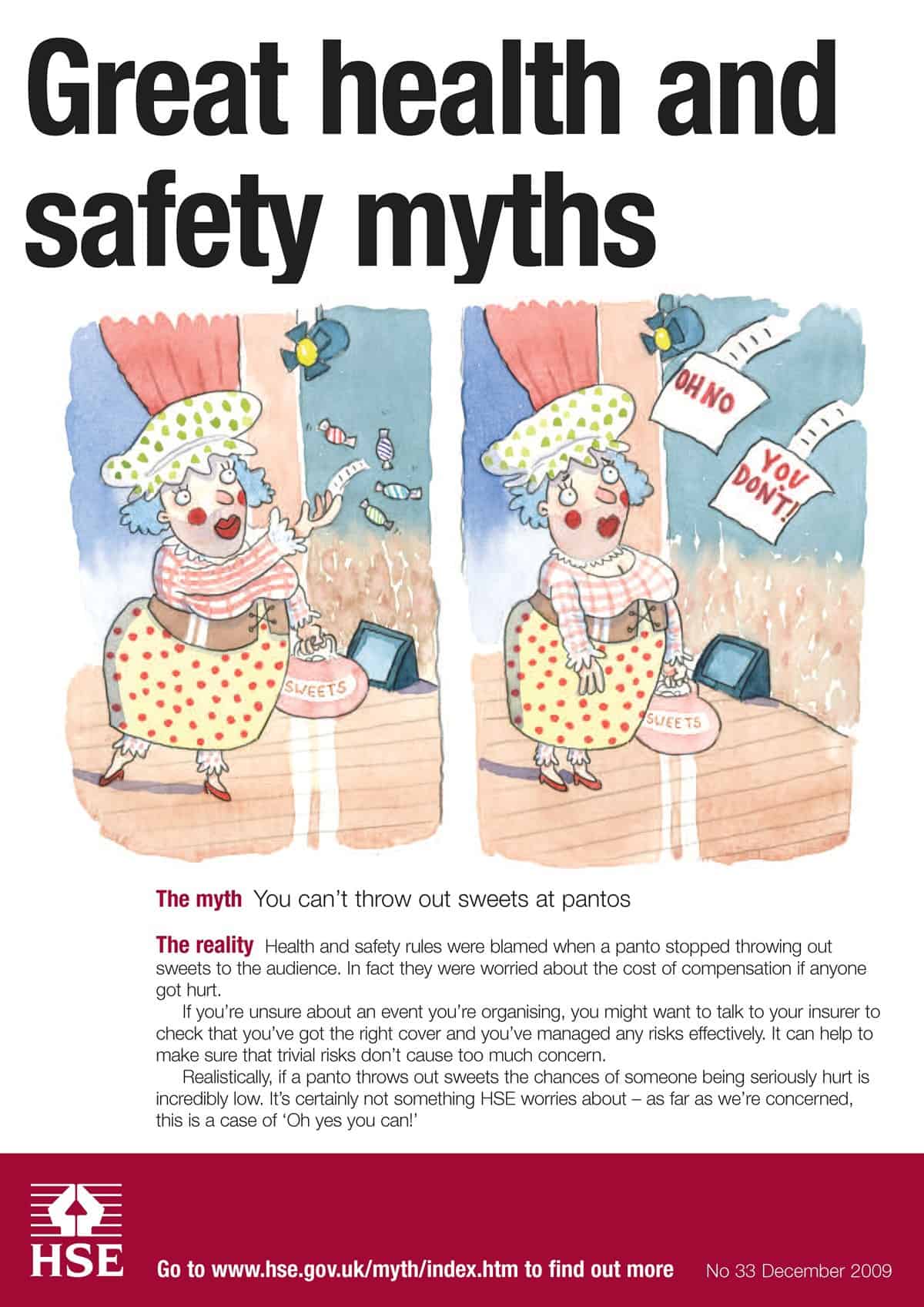 Most Australian States’s OHS laws have encompassed workplace risks fro those who enter the enter the workplace and for volunteers. The issue came up again with the recent review process on model OHS laws. However a recent national survey by Volunteering Australia found that
Most Australian States’s OHS laws have encompassed workplace risks fro those who enter the enter the workplace and for volunteers. The issue came up again with the recent review process on model OHS laws. However a recent national survey by Volunteering Australia found that
“30% of [over 1400 volunteer] organisations surveyed have not been able to access adequate information about the protection of volunteers under occupational health and safety legislation.
Although individual volunteers overwhelmingly see OHS resources as having been positive.
“467 (26%) volunteers reported that OHS had a positive impact on them in the past 12 months, while only 130 (7%) reported that it had a negative impact.”
The positive position was slightly lower than the 2008 survey results (30%)
Volunteering Australia should be applauded for considering OHS in its survey. Many organisations, particularly community organisations, are not so upfront on the issue.
Volunteering Australia is aware of the national OHS model review and are preparing for the additional overt relevance of volunteers in OHS law, but Volunteering Australia tells SafetyAtWorkBlog that they chose not to make a submission on the OHS model laws.



